
Save the date, next Cryptosporidium meeting in Edinburgh May 22-24, 2026. Register for email updates via the QR code below.
07.10.2025 16:42 — 👍 3 🔁 5 💬 0 📌 1@saterialelab.bsky.social
Cryptosporidiosis Lab @ Francis Crick Institute Welcome to our lab member-managed bluesky account!

Save the date, next Cryptosporidium meeting in Edinburgh May 22-24, 2026. Register for email updates via the QR code below.
07.10.2025 16:42 — 👍 3 🔁 5 💬 0 📌 1
From nutrient acquisition to drug resistance, membrane transport is especially important for intracellular parasites! This review will help you stay up-to-date on the latest transport research for crypto/malaria/toxo: www.sciencedirect.com/science/arti...
26.09.2025 09:34 — 👍 6 🔁 1 💬 0 📌 0
Now available in a polished format! An important step toward accelerated functional genomics for the Cryptosporidium parasite. Brought to you by the incomparable @lucy-watson.bsky.social
www.nature.com/articles/s41...
The talented @ghostpathogen.bsky.social recently discussed Cryptosporidium and aspirations for a new treatment on the Naked Scientists Podcast: www.thenakedscientists.com/podcasts/nak...
15.08.2025 09:37 — 👍 2 🔁 1 💬 1 📌 0
A fun little review of convergent mechanisms in pathogenesis 🦠 We really enjoyed putting this together and I think it comes through on the page @elena-l-r.bsky.social @ghostpathogen.bsky.social & Mitch Pallett dx.plos.org/10.1371/jour...
01.08.2025 09:55 — 👍 1 🔁 1 💬 0 📌 0We are so excited to see the new avenues for research this will create! 👏👏👏 @ghostpathogen.bsky.social @lottabaumgaertel.bsky.social @netanyabernitz.bsky.social @tapokam.bsky.social @lucy-watson.bsky.social @crick.ac.uk
25.07.2025 08:10 — 👍 12 🔁 1 💬 1 📌 0Very nice to see this work highlighted by Dr Ward, whose research continues to shape ours
14.07.2025 12:54 — 👍 1 🔁 0 💬 0 📌 0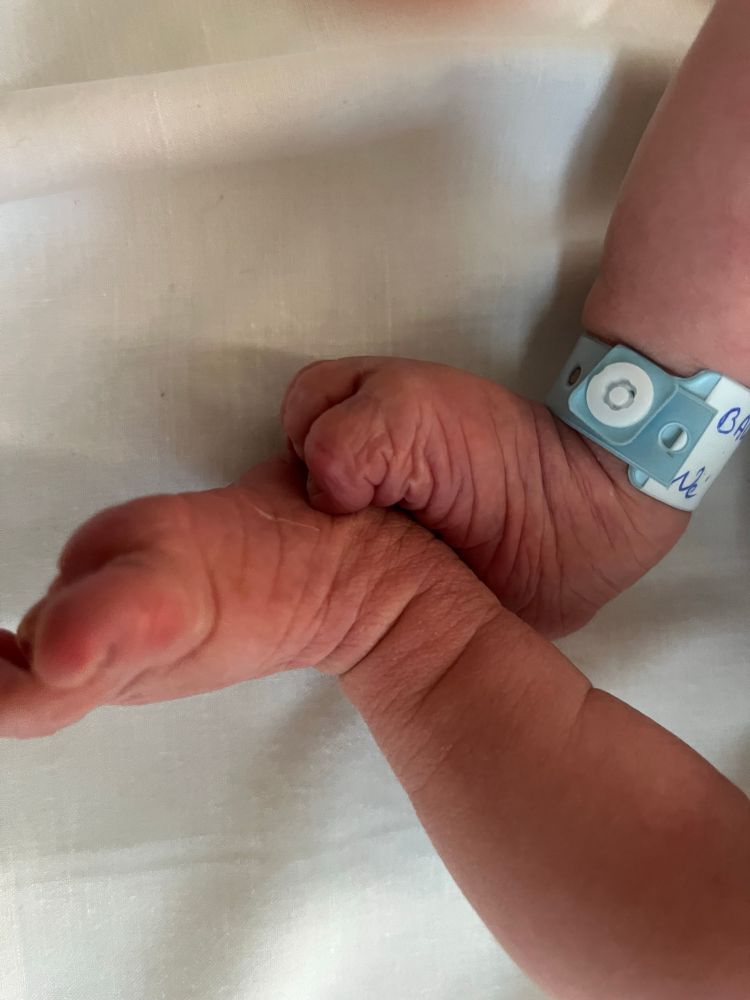
June was a productive month: brought two things into this world, both of which were great collaborative efforts and about nine months in the making. Check out where we map P. falciparum genome architecture at high resolution with Micro-C here:
www.nature.com/articles/s41...
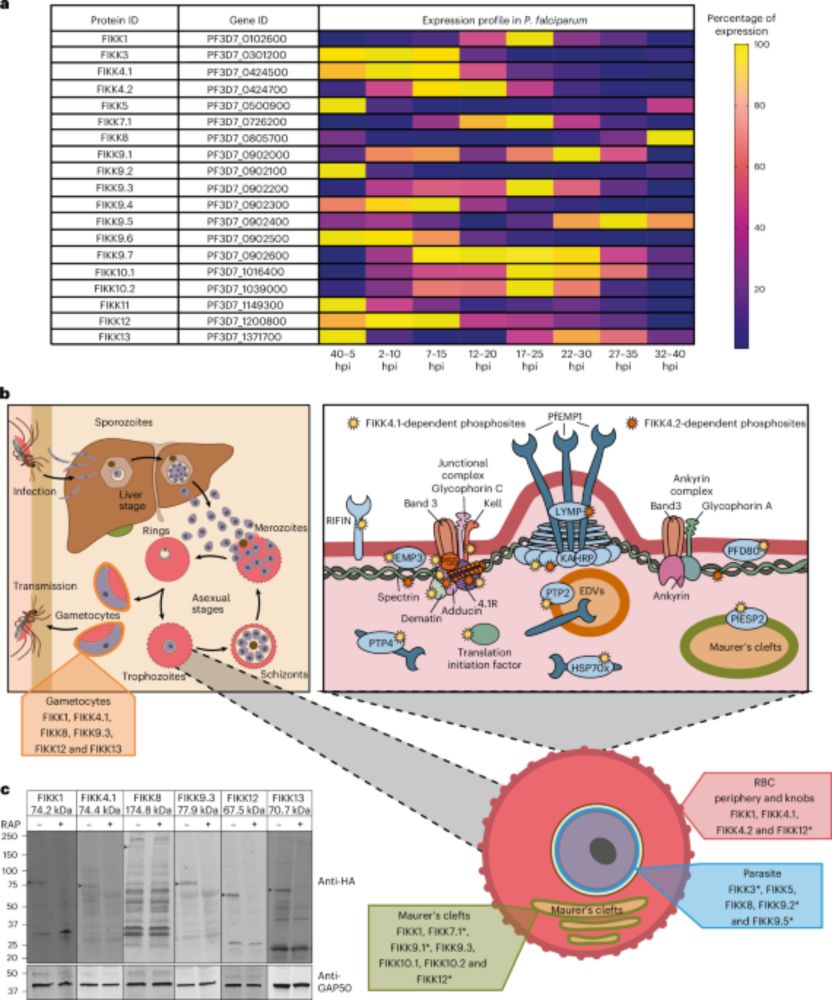
Better late than never, but I am thrilled to share our newest research from the Treeck lab!!! www.nature.com/articles/s41...
23.06.2025 13:28 — 👍 23 🔁 7 💬 2 📌 2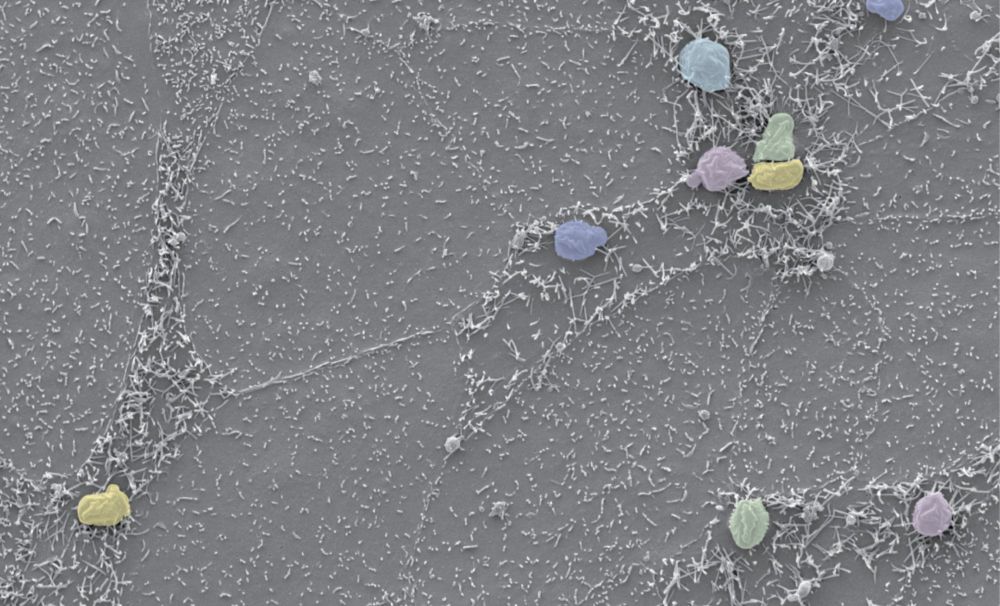
Crick researchers have uncovered how the intestinal Cryptosporidium parasite uses a protein to alter its host’s gut environment, enabling the parasite to survive and replicate.
www.crick.ac.uk/news/2025-04...
🔥 Open postdoc position in human inflammation-driven control of infection! 🔥
Join me at the University of Geneva, Switzerland this summer as I’m moving my Wellcome-funded research activity to the Department of Microbiology and Molecular Medicine! (1/5)
Please share!
and welcome to bluesky @elena-l-r.bsky.social 👏👏👏
28.02.2025 12:38 — 👍 3 🔁 0 💬 0 📌 0There is (A LOT) more in the manuscript! Please have a look for yourself!
26.02.2025 12:53 — 👍 6 🔁 0 💬 1 📌 0
So, it appears this is a unique case of eukaryotic and prokaryotic virulence factors that have convergently evolved to drive the same host phenotype through a similar mechanism… pretty cool
26.02.2025 12:53 — 👍 3 🔁 0 💬 1 📌 0
Follow-up experiments confirmed that MVP1 controls microvilli elongation during Cryptosporidium infection!
26.02.2025 12:53 — 👍 0 🔁 0 💬 1 📌 0
…mirroring the host interactions of the pathogenic E. coli virulence factor MAP... WHICH IS ALSO KNOWN TO DRIVE MICROVILLI ELONGATION 🤯
26.02.2025 12:53 — 👍 0 🔁 0 💬 1 📌 0
When we dove into the function of the most highly expressed family member, MVP1, we discovered interactions with host actin modulators EBP50 and CDC42…
26.02.2025 12:53 — 👍 0 🔁 0 💬 1 📌 0
Here, we describe a new family of virulence factors that the parasite exports into the host cell following infection that… localise to the microvilli! We named this new family the MicroVilli Proteins or MVPs. 😉
26.02.2025 12:53 — 👍 0 🔁 0 💬 1 📌 0
During a Cryptosporidium infection it’s easy to find intestinal epithelial cells that harbor the parasite… Why? Infected cells have looooooong microvilli... 2-4x the length of uninfected cells (image from the amazing David Ferguson with parasites in color).
26.02.2025 12:53 — 👍 0 🔁 0 💬 1 📌 0
Cryptosporidium modifies intestinal microvilli through an
exported virulence factor!! Phenomenal work from the newly DR’ed Elena Rodrigues
www.biorxiv.org/content/10.1...
👏👏👏 @ghostpathogen.bsky.social
06.12.2024 14:24 — 👍 6 🔁 1 💬 0 📌 0👏👏👏 @lucy-watson.bsky.social (and welcome to bluesky)
23.11.2024 18:29 — 👍 1 🔁 0 💬 0 📌 0Please have a look! You'll find a lot of upgrades to existing methods for Cryptosporidium researchers and really cool biology for, well, everyone! 😀
23.11.2024 13:29 — 👍 0 🔁 0 💬 1 📌 0..and parasites emerging without Cp23:
23.11.2024 13:29 — 👍 0 🔁 0 💬 1 📌 0…and with an inducible knockout strain we uncover a role for Cp23 in motility! See if you can spot the emerging (control) parasites:
23.11.2024 13:29 — 👍 0 🔁 0 💬 1 📌 0

…we identify the antigen 'Cp23' as essential for survival…
23.11.2024 13:29 — 👍 0 🔁 0 💬 1 📌 0
….we then screen a group of potential vaccine candidates to determine their impact on parasite survival….
23.11.2024 13:29 — 👍 0 🔁 0 💬 1 📌 0
….we first test this method against the pyrimidine salvage pathway – the genes that parasites use to acquire DNA bases for replication…
23.11.2024 13:29 — 👍 0 🔁 0 💬 1 📌 0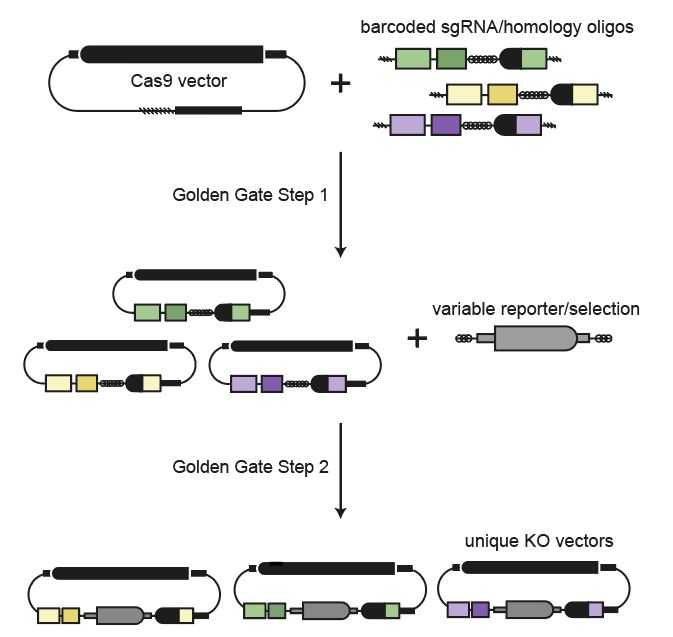
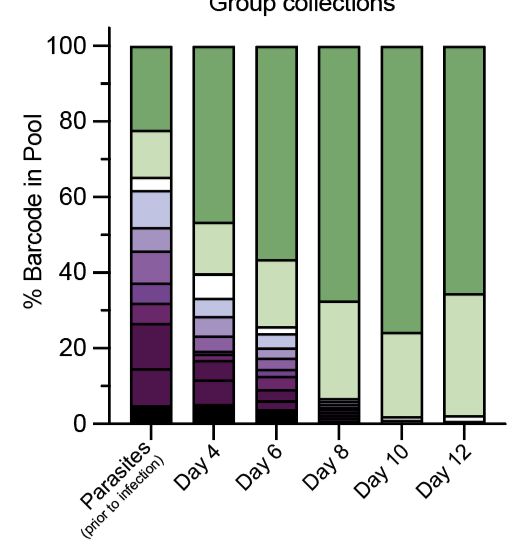
Cryptosporidium is an important public health threat, and it deserves better genetic tools to study it! Here we’ve developed a targeted in vivo CRISPR genetic screen to identify parasite genes required for survival and virulence…
www.biorxiv.org/content/10.1...
There are a lot of upgrades to existing methods for Cryptosporidium researchers and really cool biology for, well, everyone! 😁
23.11.2024 13:00 — 👍 0 🔁 0 💬 0 📌 0